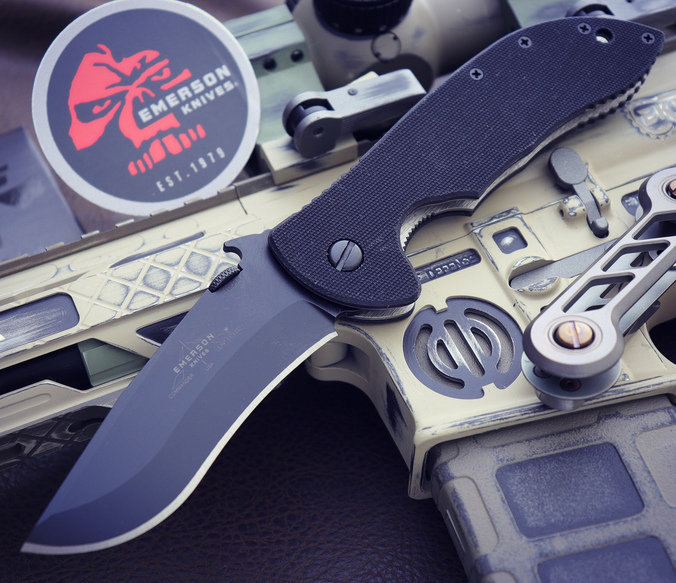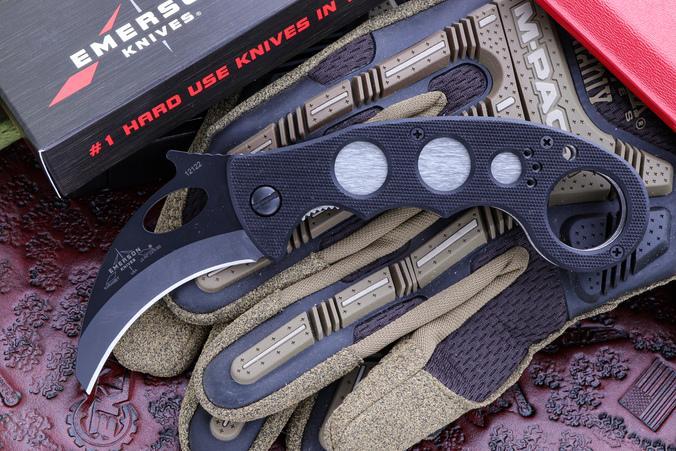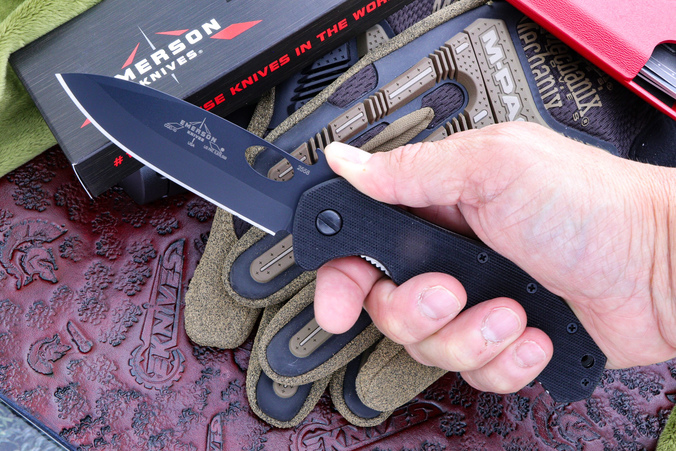Understanding the Different Types of Folding Knife Locks
Nov 30th 2021

When buying a folding knife, one of the key features to look for is the knife lock. The knife lock protects you from closing the knife on your hand when in use and provides more stability to your blade. But different locking mechanisms offer different benefits. Here is a guide to help you understand the different folding knife locks.
Lock Back
Often seen on many American folding knives, the lock back or “spine” lock, consists of a metal spine that spans the length of the knife handle. When opened, a notch on the back of the blade keeps the spine locked in place. To disengage the lock, you need both hands to push on the small area of exposed spine and disengage the spine from the notch on the blade where it locks open.
Frame Lock
The frame lock is a close cousin of the liner lock; however, rather than having a separate metal liner inside the handle, the frame of the knife becomes the lock. The frame acts as the lock bar and is positioned under the tang when the knife is opened, preventing the knife from closing on its own.
Lever Lock
A lever lock uses a metal pin and a hole in the tang of the blade to keep the knife open. When opening the blade, the pin inside the handle slides smoothly into the hole and clicks in place. A lever on the knife is used to lift the pin out of the tang, allowing you to fold the blade.
Clasp Lock
On a clasp lock knife, there is no internal back spring or lock. A post is inserted into a piece of metal located at the rear of the knife when the knife is opened. To disengage the lock, you need to push on the clasp until the post is released.
Liner Lock

The liner lock, also known as the Walker lock, named after is creator, is the most popular style of locking mechanism for folding knives. When you open the blade, a vertical metal bar is angled toward the center, where it hits the tang. The pressure of the lock bar stops the blade from moving. You need to manually remove the lock bar to allow the knife to close.
Mid Lock
Essentially the same as a lock back, a mid lock simply has the release mechanism located in the middle of the handle rather than the top. These knives typically have a shorter spine to give them added stability and strength, which is why the mechanism is in the middle.
Ring Lock
A ring lock has a metal collar at the top of the handle that opens and closes the locking system. This type is seen in very few brands of knives.
Spring Lock
A spring lock consists of a flat piece of metal that is held in place by a rivet to keep the blade open.
Slip Joint
Though not a “true” lock, the slip joint is still an acceptable safety mechanism for EDC knives. This type of feature is most often used in Swiss Army knives and consists of a spring bar and a specifically shaped blade. By pulling on the blade and freeing it from the notch, you overcome the spring pressure to a point where the blade clicks into position. To close the blade, always keep your fingers clear from the sharpened side of the blade and simply push the blades back down into the handle.
AXIS Lock
Developed by Benchmade knives and a favorite of Everyday Carriers, the AXIS lock features a spring-loaded bar that spans the width of the handle and moves back and forth along grooves in the blade. The bar then sits on top of the tang to prevent the blade from closing.
To close the knife, use the thumb studs to pull the bar to the back of the knife. The AXIS lock is great to open and close the knife single-handedly and can be used by both right- and left-handed users, which accounts for its popularity.

Final Thoughts
Folding knives offer portability and accessibility that many other knife types do not have. This makes them perfect for EDC. However, to comply with EDC laws and protect yourself from injury, you need a folding knife with a safe and effective locking mechanism. The type of lock you choose depends on your needs and preferences. Call or text us at eKnives on (423)-525-9477 to find out more about our range of folding knives and their locking mechanisms.

